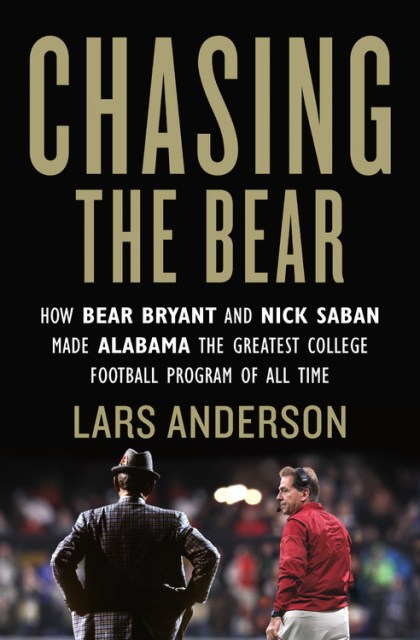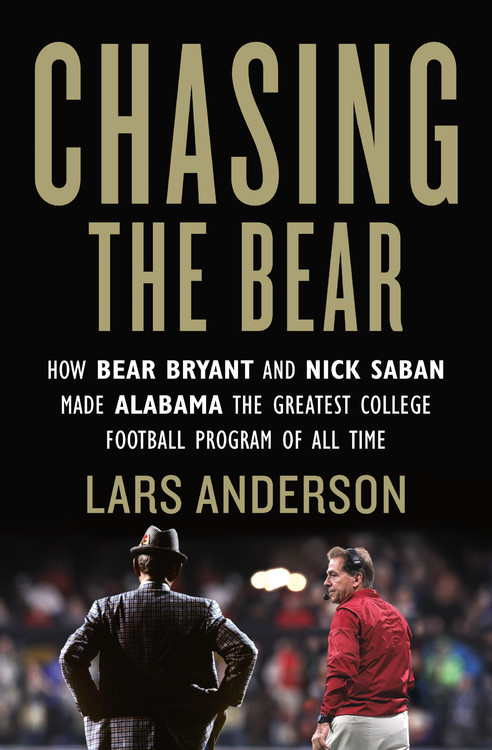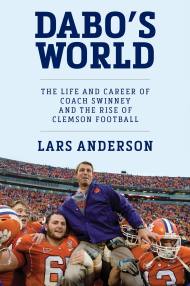Promotion
Use code BEST25 for 25% off storewide. Make sure to order by 11:59am, 12/12 for holiday delivery!
By clicking “Accept,” you agree to the use of cookies and similar technologies on your device as set forth in our Cookie Policy and our Privacy Policy. Please note that certain cookies are essential for this website to function properly and do not require user consent to be deployed.
Chasing the Bear
How Bear Bryant and Nick Saban Made Alabama the Greatest College Football Program of All Time
Contributors
Formats and Prices
- On Sale
- Sep 15, 2020
- Page Count
- 304 pages
- Publisher
- Grand Central Publishing
- ISBN-13
- 9781538716472
Price
$19.99Price
$25.99 CADFormat
Format:
- Trade Paperback $19.99 $25.99 CAD
- ebook $11.99 $15.99 CAD
- Hardcover $28.00 $35.00 CAD
- Audiobook Download (Unabridged)
This item is a preorder. Your payment method will be charged immediately, and the product is expected to ship on or around September 15, 2020. This date is subject to change due to shipping delays beyond our control.
Buy from Other Retailers:
Bear Bryant and Nick Saban never met, but they have more in common than either of them realize. Both grew up in small towns — Bryant in Moro Bottom, Arkansas, a dot on the map, and Saban from Monongah, West Virginia, population five hundred. As a child, Saban pumped gas at his father’s service station, washing and waxing cars and doing anything he could to help the business. Bryant’s father suffered from multiple physical ailments, which forced Bryant to work to keep the family farm going. Both men knew the value of hard work from the time they were young boys, and both understood that there were no shortcuts to success. But both dreamed of escaping their hometowns, and both used football as the means to do so.
Separated by two generations, Bear Bryant and Nick Saban are mythic figures linked by a school, a town, and a barroom debate centering on one question: Which is the greatest college coach of all time?
Newsletter Signup
By clicking ‘Sign Up,’ I acknowledge that I have read and agree to Hachette Book Group’s Privacy Policy and Terms of Use






